Profile | ‘The best thing about small organisations is that you can do things much, much quicker’
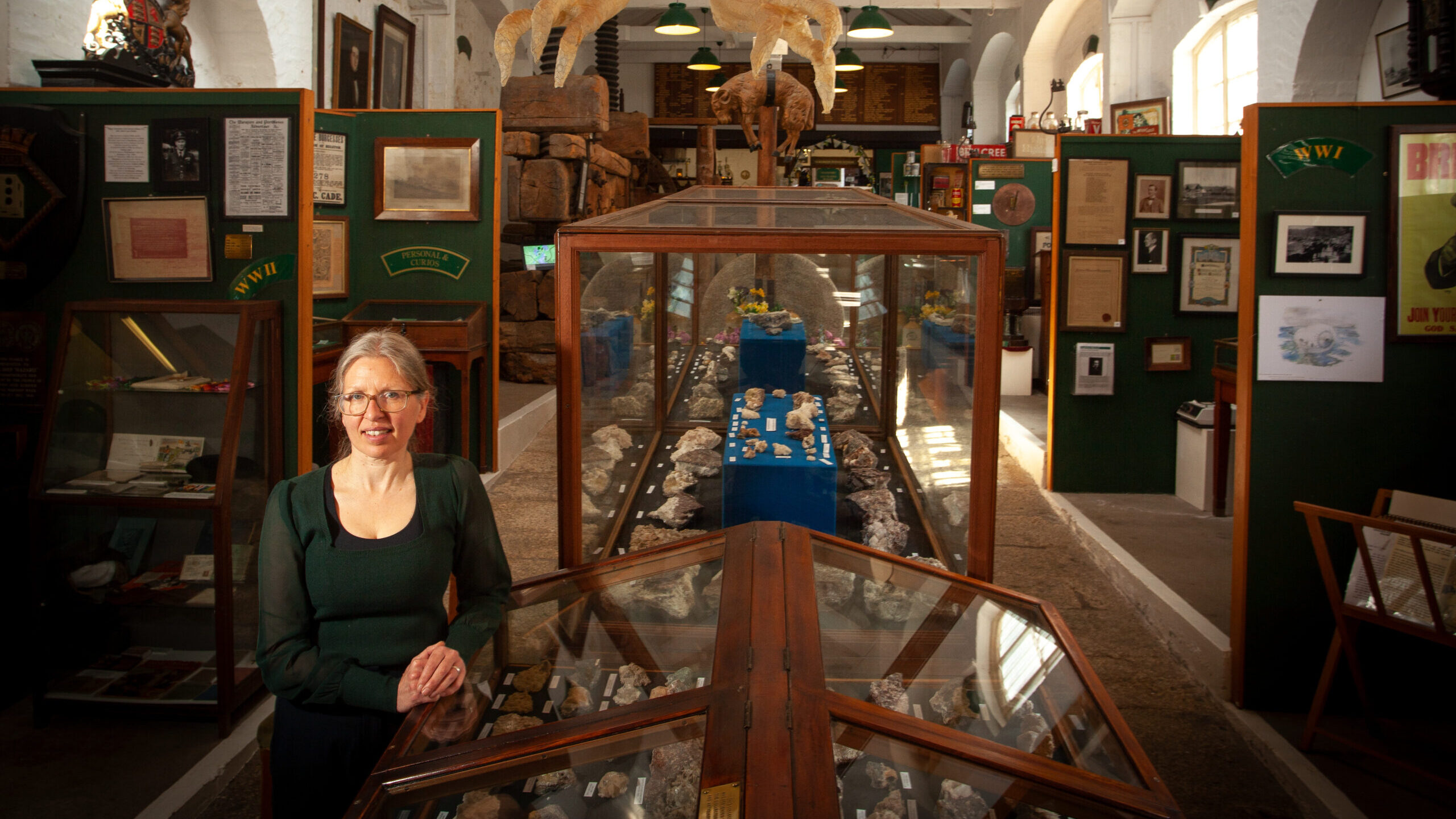
Annette MacTavish is certainly not someone who you could accuse of lacking determination to make her way in the sector.
She is now the director of the Museum of Cornish Life in Helston, but early on in her career she had jobs in four different museums while also doing an MA in museum studies at University College London. And she worked very hard to get a foot in the door in the first place.
“Before I moved from Scotland in 1995, I wrote to every museum in London saying: ‘I am coming down, I can help in any way you like, have you got any jobs or volunteering?’ Only one wrote back – that was the Cuming Museum on the Walworth Road in Elephant and Castle. So, I started volunteering there.”
MacTavish was taken under the wing of the museum’s supportive curator, Sophie Perkins, and quickly got her first paid role at the venue working on a Saturday.
Annette MacTavish
As well as being the director of the Museum of Cornish Life since 2017, Annette MacTavish is also a trustee at Auchindrain Museum in Inveraray.
She has an archaeology degree from the University of Edinburgh and an MA in museum studies from University College London, and started her career in 1995 working at the Cuming Museum in south-east London. She went on to take on roles at the Museum of Oxford, Redbridge Museums Service and the Florence Nightingale Museum, London.
In 1998, she moved to Scotland to become an education officer at East Lothian Museums Service, a position she held until 2001 when she joined National Museums Scotland as a learning and programmes manager.
In 2008, MacTavish was appointed exhibitions and outreach curator at Fife Museums.
She also took on roles at the University of St Andrews, University of Dundee and Fife Contemporary. MacTavish moved to England in 2014 to become the heritage learning curator at Tate St Ives. She also worked for Cornwall Museums Partnership as a project coordinator.
“The Cuming [which closed in 2013 following a fire] was amazing because it taught me really quickly what I cared about with museums,” MacTavish says. “It was a space that was part of a community.
There was a museum and a library, so a lot of families used to pop into the museum with their kids and there were quite a lot of single mums who were studying in the library to further their careers.”
She soon got another role helping to set up Redbridge Museum in Ilford and then also started working on Sundays in a front-of-house job at the Florence Nightingale Museum on London’s South Bank. A part-time role also came up at the Museum of Oxford.
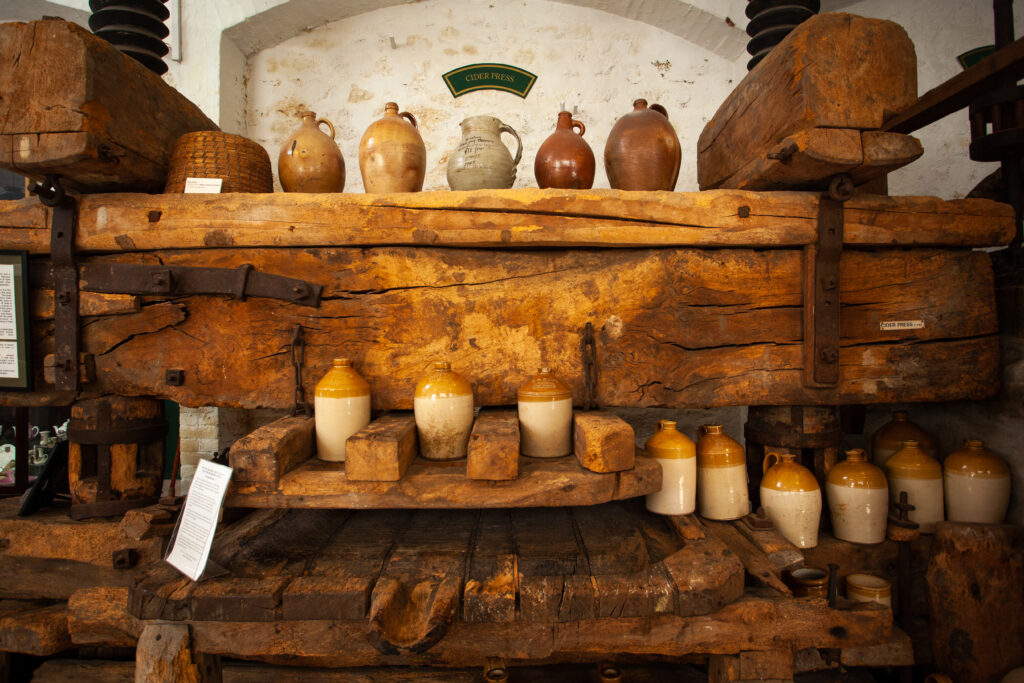
“By the time I finished my MA, I was working at four museums all at the same time,” MacTavish says. “But then I thought, ‘the way I am operating is madness’, and so I applied for and got a job as an education officer at East Lothian Museums Service.”
The role was related to a pilot project funded by the Scottish Museums Council to see if it was worth having learning posts at the service’s museums. MacTavish finds this an amusing insight into how some museums were in the late 1990s when having a dedicated learning and engagement team was a novelty.
Dundee to St Ives
From there, MacTavish joined National Museums Scotland where she helped develop learning programmes across the organisation’s sites and also worked on the masterplan for the Royal Museum in Edinburgh.
She then moved to Dundee with her family and started picking up different part-time roles at places such as Fife Museums, Fife Contemporary, the University of St Andrews and the University of Dundee.
“Again, I thought ‘this is madness’, even though it was really good fun,” MacTavish says. “Many of the projects were ones that people didn’t want to do, which were funded schemes with tight deadlines and quite high targets.”
In search of a bit of stability, MacTavish applied for a part-time job as the heritage learning curator at Tate St Ives in Cornwall, which was a four-year contract. The role needed a lot of the skills that she had developed in Dundee when helping arts organisations think about how they reach new audiences.
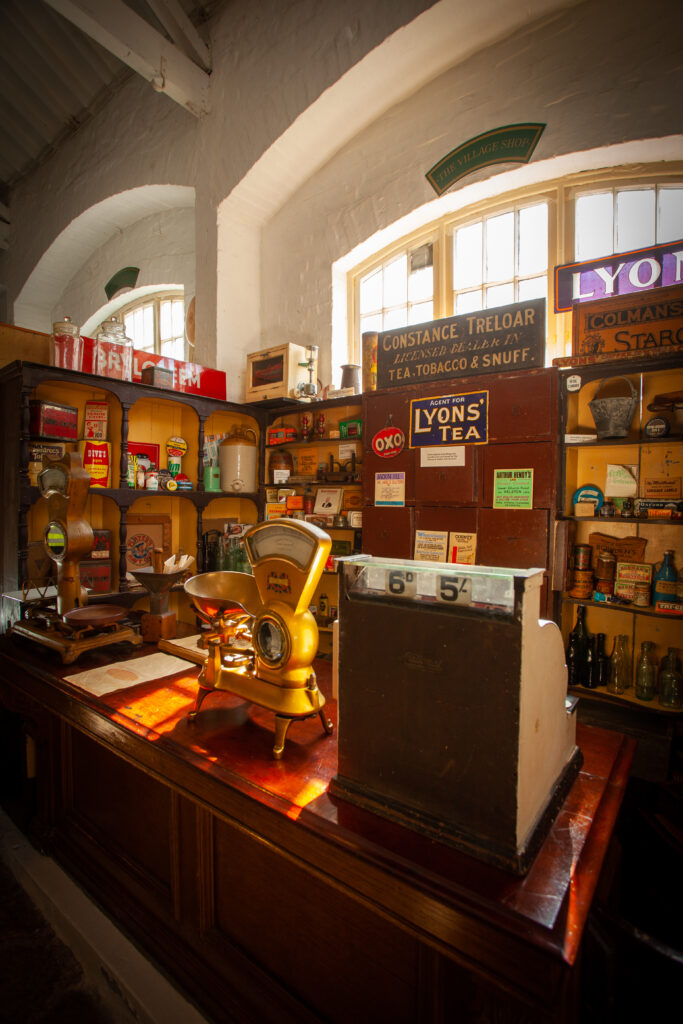
“When I started at Tate St Ives – you’ll see a pattern here – I was like, this isn’t quite enough, this job’s a bit easy. And so I started part-time at the Cornwall Museum Partnership as a project coordinator in a post covering maternity leave.”
But working multiple roles ended in 2017 when MacTavish joined the Museum of Cornish Life in her first post as a director. The museum has six staff, making it a far smaller organisation than many she has worked for, which has its pros and cons.
“The best thing about small organisations is that you can do things much, much quicker,” says MacTavish.
“The downside is that you do things much, much quicker – and maybe you’ve not put enough thought into it. But at least you don’t have to get things through a whole branding team where you want to hit your head off the wall when the project is monstrously small, and you think: ‘Why can’t we just do something?’.”
The museum is spread over three floors and its collections reflect its location in a market town surrounded by largely rural communities.
We have to fight for footfall, but the benefit is that we are part of a community
It is now nearly 10 years since the government recognised the Cornish as a national minority, which means that the people in the county have the right to express, preserve, share and develop their culture and identity. The museum reflects this through its displays and use of the Cornish language.
Unlike many other cultural venues in Cornwall, the museum can’t rely on tourist visitors. Instead, it has strong relationships with local residents.
“It’s not like Tate St Ives, where, whenever it rains, everyone comes off the beach and into the museum. People who come to our museum want to come here. We have to fight for footfall, but the benefit is that we are part of a community.”
Volunteers are a key part of that community, and they provide vital support for the small staff team.
“We have a large volunteer team, and they are the life of the museum,” MacTavish says. “They are hugely talented, and the museum would not function without them. The amount of work we can get through is massive because of the volunteers.”
Navigating lockdown
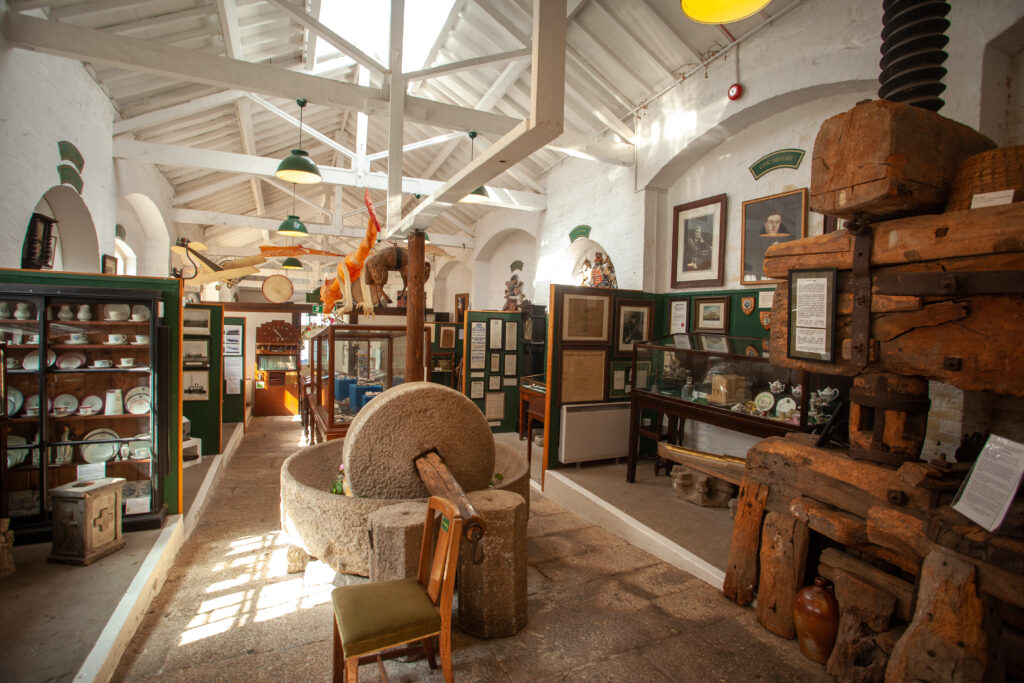
Covid was a challenging period, but MacTavish did not have to furlough staff and her team managed to keep the museum’s volunteers engaged through online initiatives. Covid also gave staff the time to do some training and plan ahead.
The museum has also been able to use project funding to develop ambitious initiatives.
Writer-researcher Julia Webb-Harvey spearheaded two projects. One was Through a Lockdown Lens, which took objects from the collection and examined how they might be viewed as objects from social history in the future. The second Under the Eaves, was inspired by issues raised in the Citizen Curators programme related to decolonising collections.
The Citizen Curators programme, developed by curator Tehmina Goskar, involved participants in project-based volunteering supported by seven host museums, including the Museum of Cornish Life.
Goskar is also involved with the Museum of Cornish Life as an Art Fund Headley Fellow in a project to research the history of the organisation and its collections.
As a result, she is continuing a curatorial development and research programme at the museum, principally reviewing the social and cultural significance of its farming collections.
“Farming is still significant to the area,” says MacTavish. “And we feel that there are loads of stories about people missing from our farming displays.”
To this end, the museum has secured a £78,000 grant from the Museums Association’s Esmée Fairbairn Collections Fund.
The project will involve collections research, conservation and contemporary collecting, as well as a focus on telling more stories about women, young farmers, itinerant labourers and biodiversity.
A custodian of history
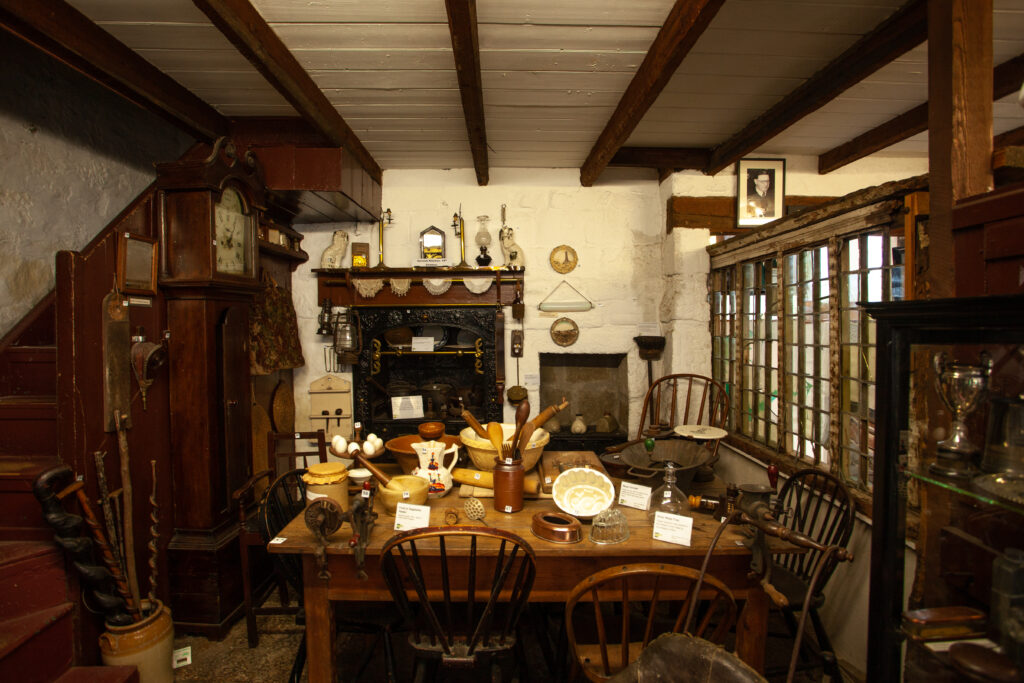
The history of the museum is important to MacTavish, who feels a responsibility to build on the work of previous directors and ensure that it continues to thrive.
“I am aware that the people who have come before me have all done a really good job taking care of the museum,” she says. “And part of that care burden is engaging with the money side, because if you don’t run it sensibly, the museum is not going to be around.”
Fortunately for MacTavish, she joined an organisation with stable funding. She also benefited from a scheme that provided advice about the commercial side of running a small commercial venue, which included the support of a mentor. This was invaluable for a first-time director.
“The mentor said I shouldn’t think of fundraising as just being purely about applying for grants,” MacTavish says.
“She said that I should think about it holistically – about donations, the shop, all the different strands of funding. If you have all those strands and one is not doing so well there is another strand to hold it up.”
Despite the need to make the museum commercially viable, it does not charge for admission. Being close to its community and off the tourist trail, this is crucial.
And while the museum serves all sections of the community, MacTavish is particularly pleased young people are coming back after Covid.
“If you’re a teenager here, how many times do you want to sit in the beach in the rain? In this area, we are one of the few places that is free. So, when school closes, they’ll come in and whizz around the museum for 10 minutes or so and then head home. It’s nice that we can offer that.”
Museum of Cornish Life
The collection began its life in 1937 through the Old Cornwall Society. It opened as a museum in its current building in 1949. Previously run by South Kerrier District Council and Cornwall Council as Helston Folk Museum, its management was taken over by South Kerrier Heritage Trust in 2013.
In 2018, the museum joined a consortium led by Cornwall Museums Partnership as a National Portfolio Organisation funded by Arts Council England and changed its name to the Museum of Cornish Life to reflect its collections.
